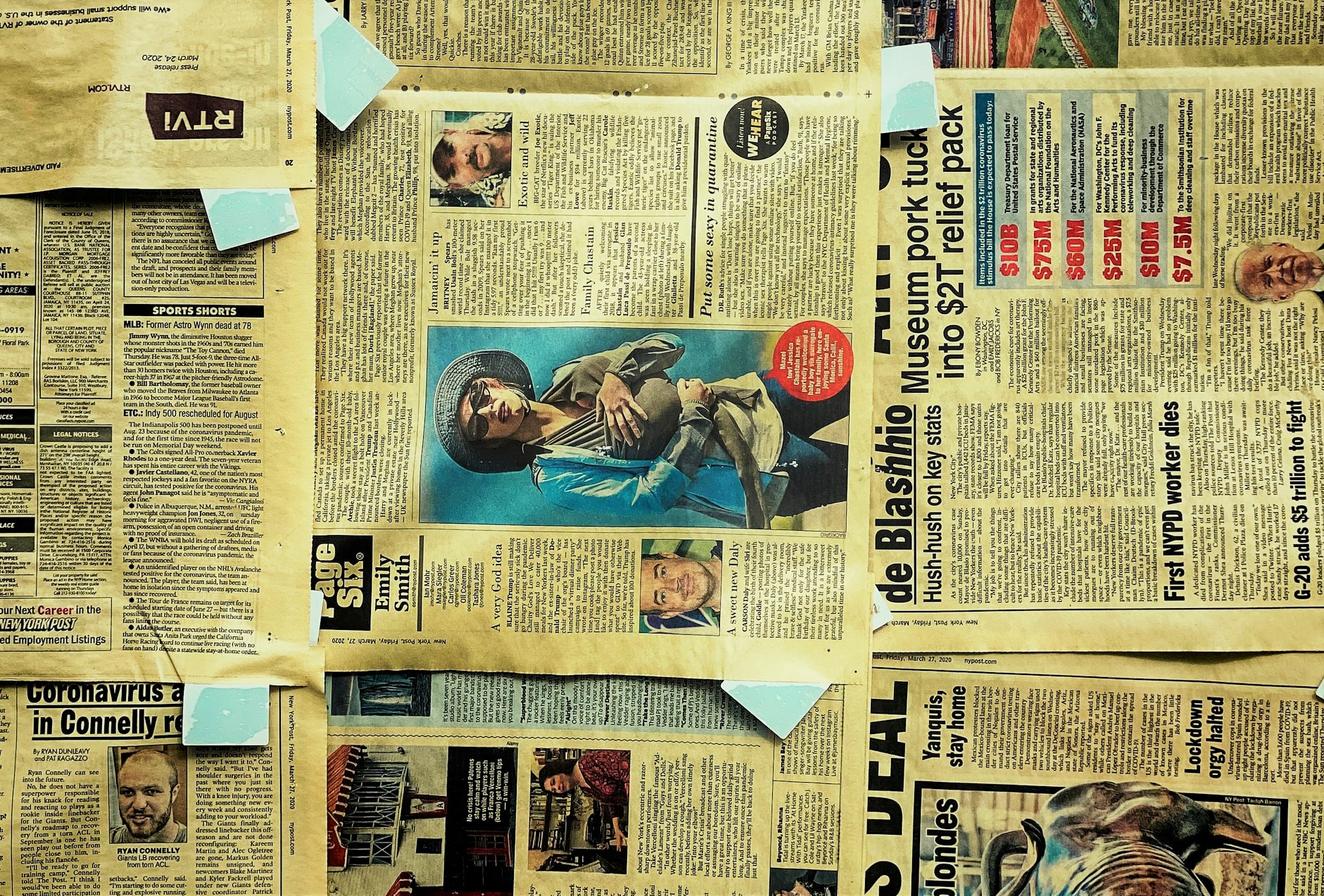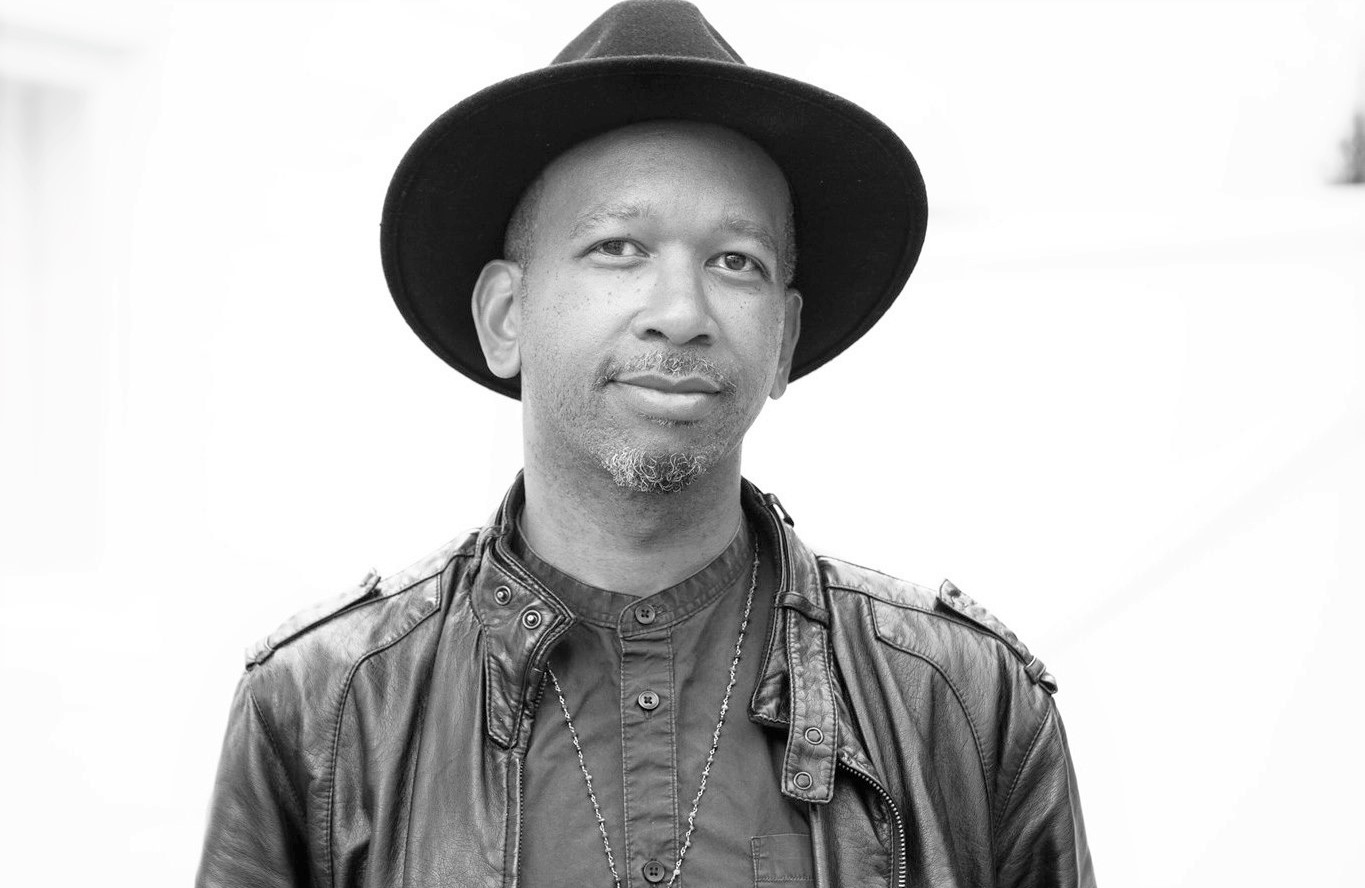The appropriate language in the media to talk about gender identity, sexual orientation: the interview
The Style Guide for Journalists Reporting on Sex and Gender

Have you noticed more inherent discrimination against women of color, or women who come from abroad?
The media bias at play here often puts
women who are already the most vulnerable in society at even greater
risk. This often includes women of color, immigrant women, women
involved in the justice system, lesbian and bisexual women, poor
women, and victims of the sex trade (who are often just girls, not
yet even women).
For example, the myth that there is an “epidemic of violence against trans women,” specifically “trans women of color” and “black trans women” has been repeated in almost every major media outlet. This is untrue, since FBI crime data reveals that people who identify as “transgender” are less likely than the general population, men or women, to be victims of murder. However, being Black in America or victimized in prostitution (both of which are often at play in these cases), do put individuals at a much higher risk for murder. By obscuring the violence of the sex trade and race in America behind an unrelated identity, like “transgender,” the realities faced by black women and the inherent violence of the sex trade are hidden.
4 di 5
© All rights reserved
You Might Be Interested

Interview with Bridget Regan, cast member of Sarah's Oil
.jpg)
Sarah's Oil, interview with Zachary Levi
Discover Sarah's Oil, the drama film starring Zachary Levi, Sonequa Martin-Green, and Naya Desir-Johnson. Plot, cast

Jessica Clement Interview, Harper from Gen V
Pure will always have a very special place in my heart

The Running Man Katy OBrian Interview
Katy O'Brian's statements

The Running Man Colman Domingo Interview
Colman Domingo's statements

Predator Badlands, Elle Fanning interview
Elle Fanning, the statements

Anniversary New York Premiere Diane Lane Interview
Anniversary, coming soon to theaters

Interview with Eli Kollman, star of Black Rabbit
Indiana Jones and Star Wars were the movies of my youth


.jpeg)